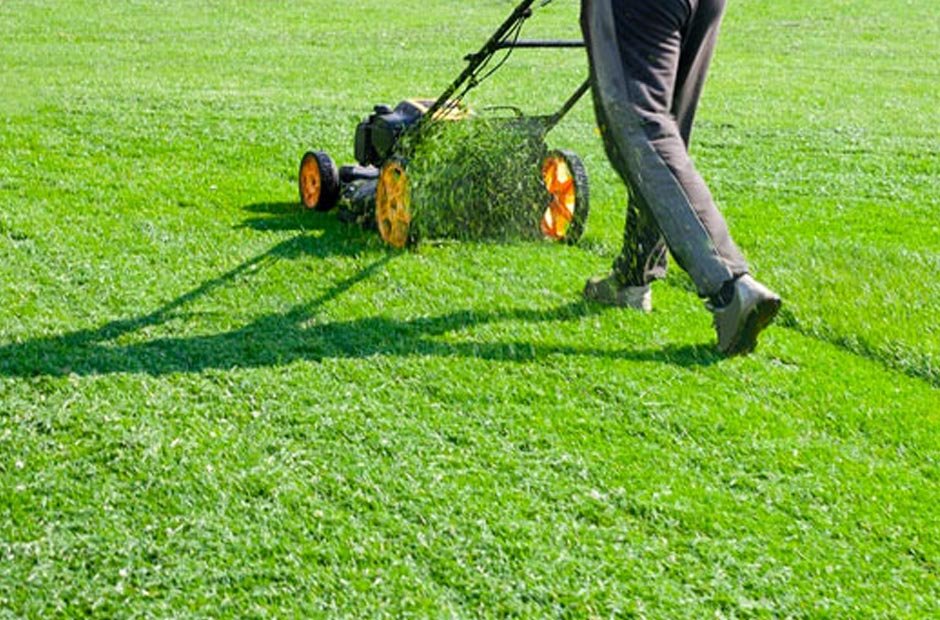Many homeowners want to have a lush, healthy lawn, but getting there takes work, understanding, and the right maintenance. Understanding the ins and outs of a flawless lawn may turn your outside area into a verdant haven, from soil preparation to watering strategies and upkeep procedures. This post covers seven crucial pointers that can assist you in creating and maintaining a gorgeous year-round lawn.
Table of Contents
Soil Preparation: The Foundation of a Healthy Lawn
Soil preparation is the first step in creating the ideal lawn. To find out the soil’s pH and nutritional content, test it to enhance soil structure, drainage, and nutrient availability, and amend the soil with organic matter, such as compost or peat moss, based on the findings. Aerate compacted soil to facilitate root development and water penetration.
Choosing the Right Grass Variety
Achieving the ideal lawn requires choosing the right kind of grass for your climate, soil, and sun exposure. While warm-season grasses like zoysia and Bermuda flourish in southern settings with scorching summers, cool-season grasses like Kentucky bluegrass and fescue are best suited for northern areas with frigid winters. While selecting the proper grass seed or sod for your lawn, consider elements like disease resistance, drought tolerance, and upkeep requirements.
Proper Mowing Techniques
A healthy lawn is mostly dependent on good mowing techniques. Aim to cut no more than one-third of the grass blade length at a time while using your mower blade, and adjust it to the height specified for your variety of grass. Frequent mowing generates a dense grass canopy that shades the soil and lowers water evaporation, root development and weed prevention. With every mow, change up your technique to avoid compacting the soil and guarantee uniform grass growth. Good lawn maintenance is essential for maintaining a well-manicured, uniformly healthy grass.
Watering Wisely: Timing and Frequency
Proper irrigation is key to encouraging deep-root development and the general health of your grass. In order to strengthen the roots of your grass and increase its resistance to stress and drought, water it thoroughly and sparingly. Water early in the morning so that the grass blades have time to dry before dusk and to reduce evaporation and fungal problems. To prevent overwatering, which can result in shallow root systems and wet soil conditions, modify your watering plan in accordance with rainfall, temperature, and soil moisture levels. Throughout the growth season, your grass will stay lush and green if you follow consistent and effective watering techniques.
Fertilizing for Nutrient Balance
Fertilizing your grass gives it the vital nutrition it needs to develop quickly and have brilliant color. In accordance with the unique requirements of your grass type and local climate, apply a balanced fertilizer. Start by applying a high-nitrogen fertilizer in the spring to promote lush foliage and early-season growth. Apply phosphorus and potassium-containing fertilizers in the summer and fall to build roots, increase drought tolerance, and get ready for winter dormancy. To lessen the chance of nutrient runoff and to give a consistent supply of nutrients throughout time, use slow-release fertilizers. In addition to improving the health of the lawn overall, proper fertilizer makes the grass more resilient to environmental stresses.
Weed Control Strategies
Maintaining a perfect lawn look and reducing competition for water and nutrients need effective weed management. Use integrated pest management (IPM) techniques to stop weeds before they have a chance to take root. Keep an eye out for weed development on your lawn and pull weeds by hand or with herbicides that are specifically targeted as necessary. During mowing, mulching grass clippings restores nutrients to the soil and prevents weed germination. Encourage the establishment of thick grass by using appropriate irrigation, fertilizing, and mowing techniques to produce a competitive environment that naturally inhibits the growth of weeds. Regular weed management operations help maintain a weed-free lawn, which improves the appearance and general health of the area.
Regular Maintenance and Care
To achieve and maintain a flawless lawn all year round, consistent upkeep is essential. For this, you can either go DIY or hire a lawn care service. Either way, keep a frequent eye out for indications of illnesses, pests, and nutrient deficits in your grass and treat any problems as soon as they arise. To encourage a lush grass cover and close any gaps, overseed barren or thin areas in the fall. To guarantee precise cuts that encourage quicker healing and lessen stress on grass plants, keep the blades of your lawnmower sharp. Every year, aerate compacted soil and remove thatch buildup to preserve the best possible air, water, and nutrient penetration.
Conclusion
It takes commitment, understanding, and persistent work to get the ideal lawn, but the benefits are priceless. You can create a lawn that improves the curb appeal of your home and offers a welcoming outdoor space for enjoyment by adhering to these seven secrets: proper soil preparation, choosing the right grass variety, mastering mowing techniques, watering wisely, balanced fertilization, effective weed control, and regular maintenance. By following these guidelines, you can create and preserve a stunning lawn that shines in every season, regardless of whether you’re beginning from scratch or making improvements to an already-existing lawn.










